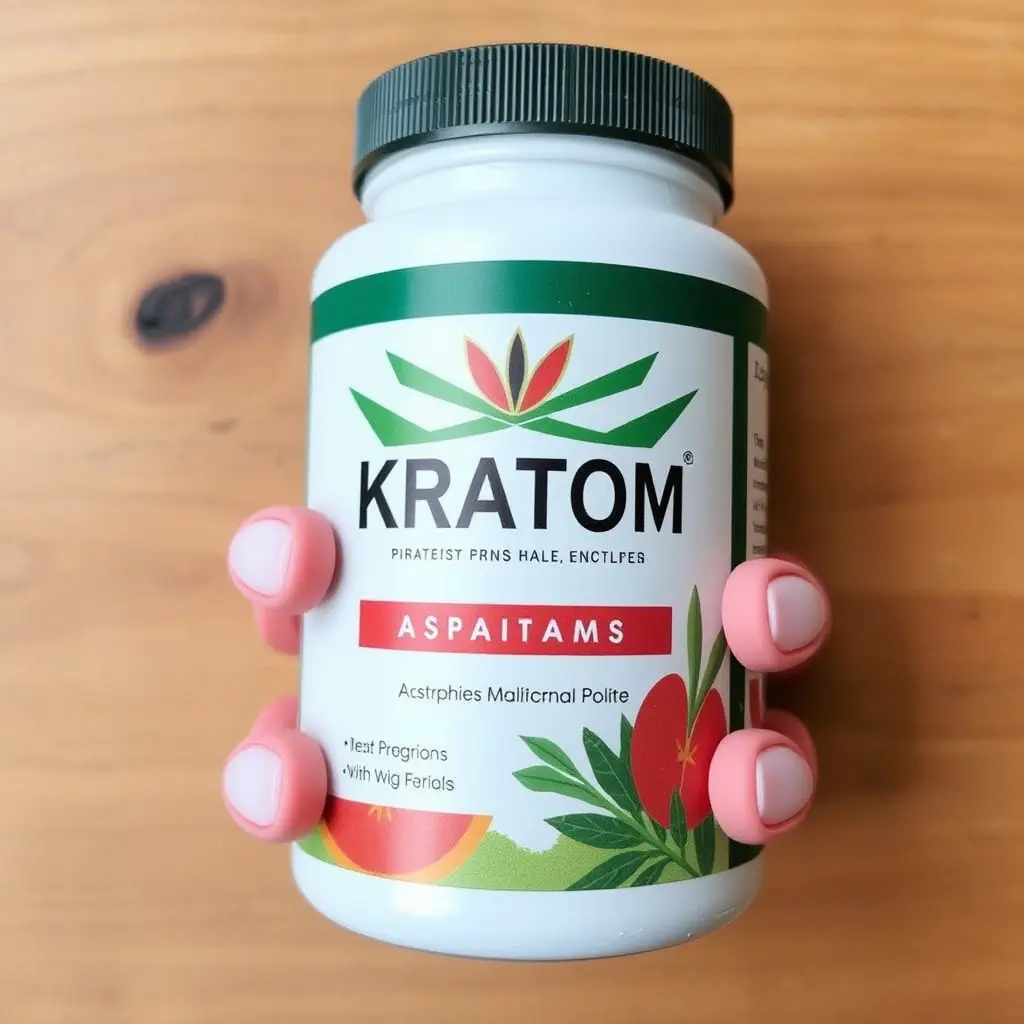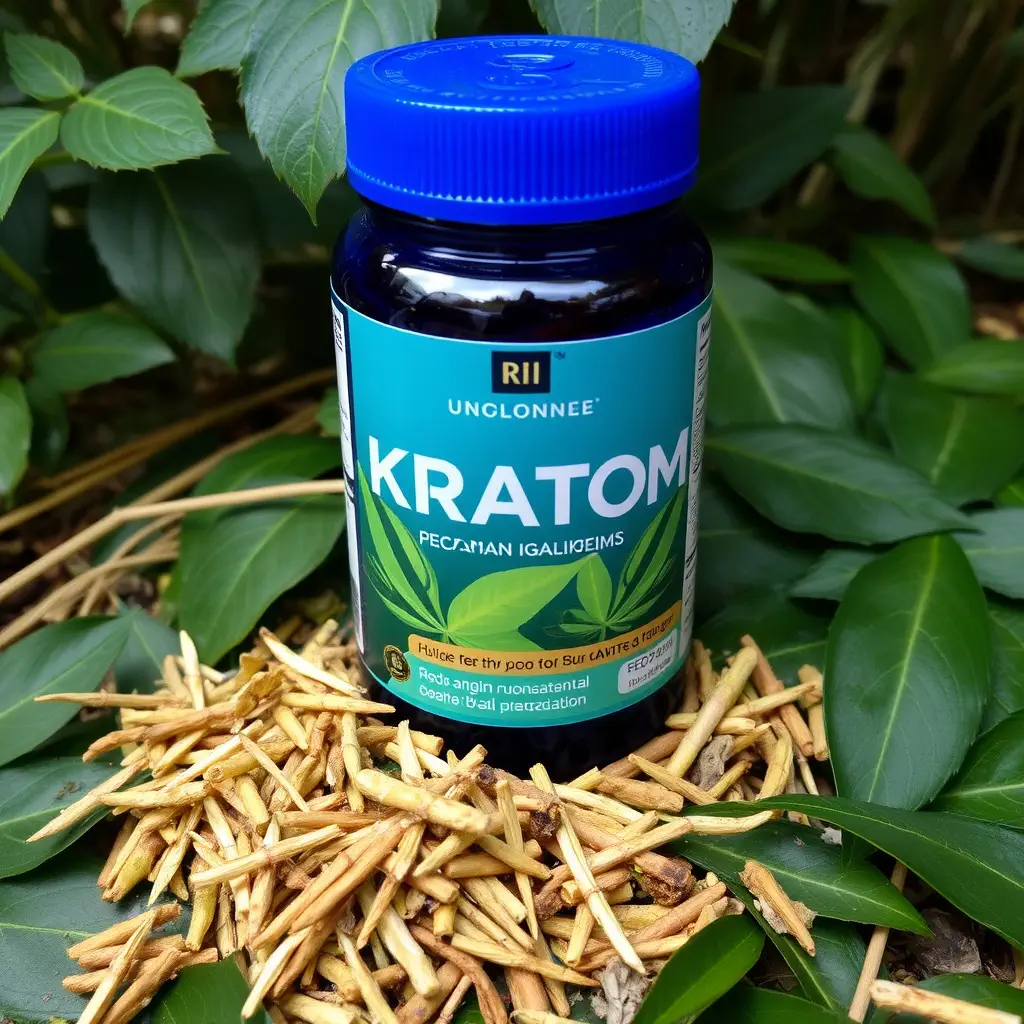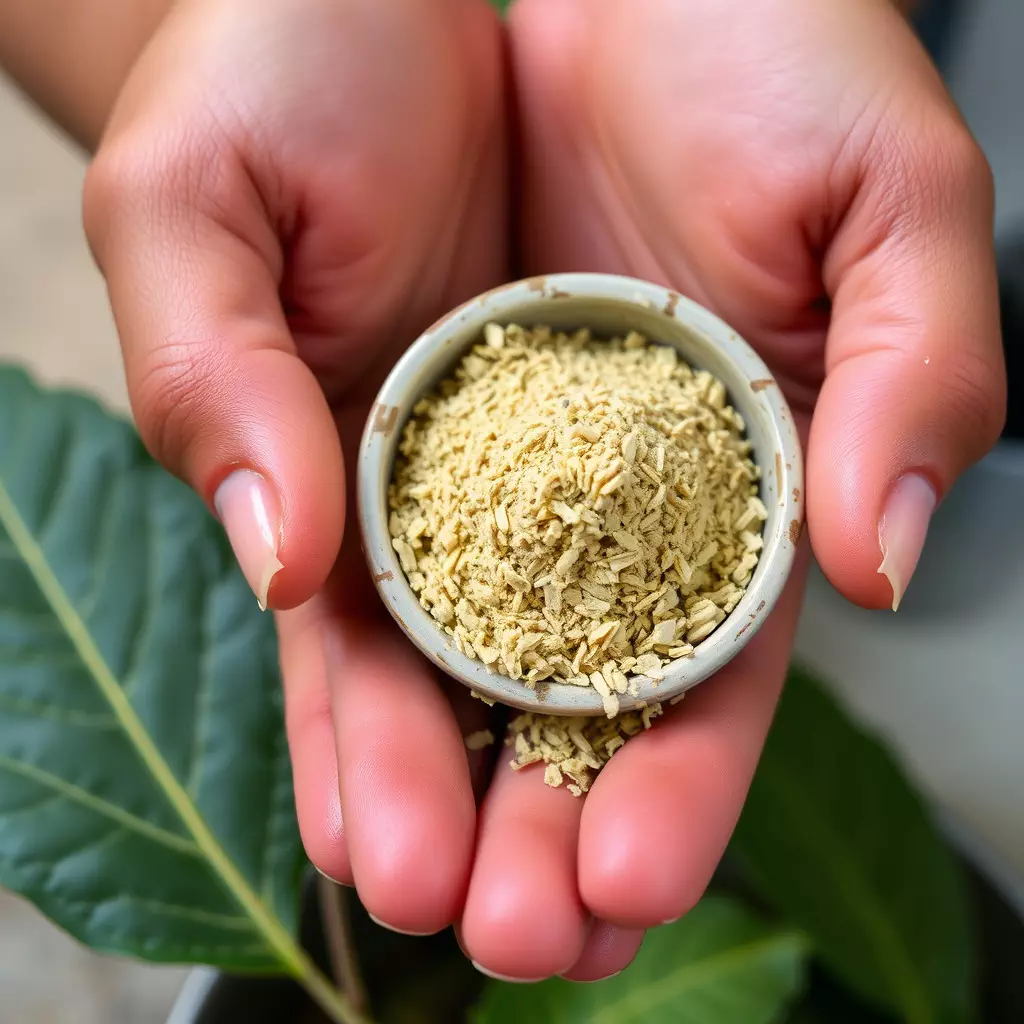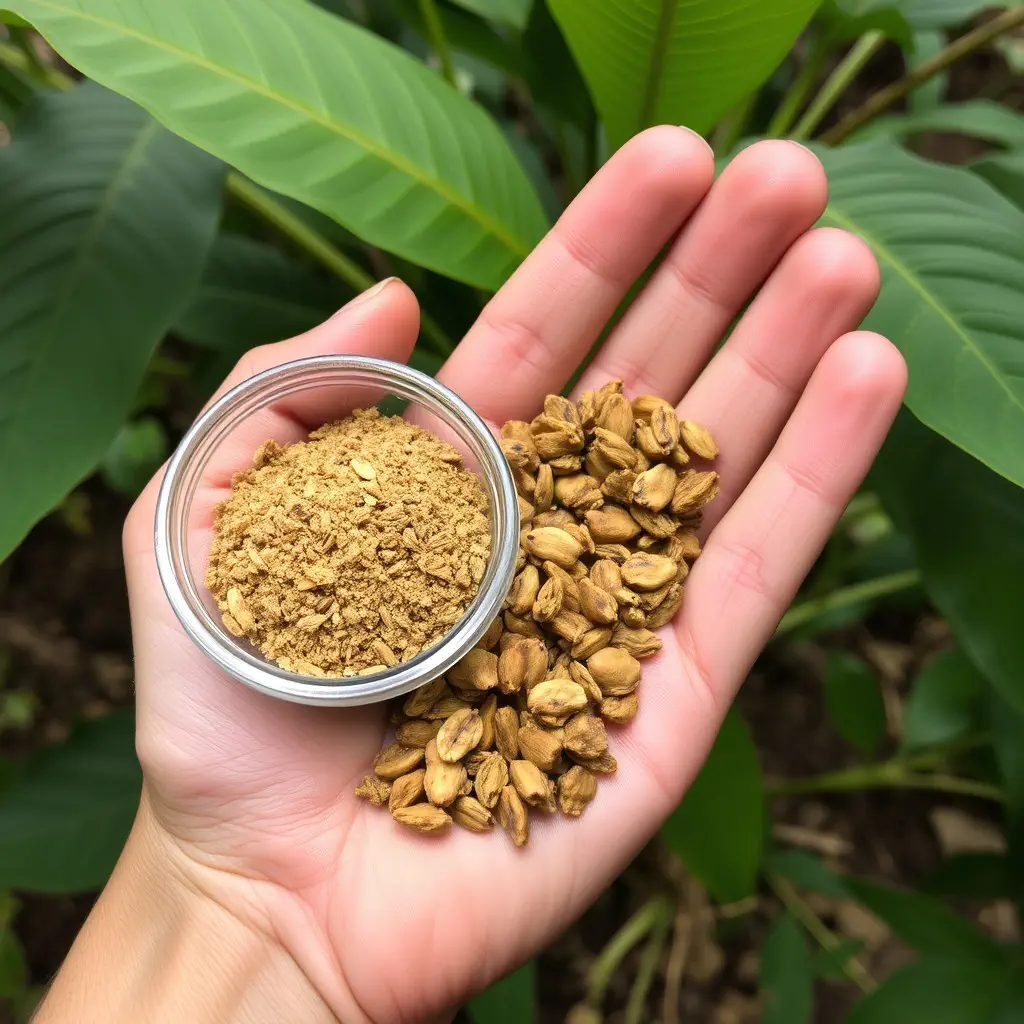Kratom, derived from Southeast Asia, is being explored as a means to alleviate opioid withdrawal symptoms due to its active compounds, mitragynine and 7-hydroxymitragynine. These alkaloids interact with the brain's opioid receptors, offering potential relief. The effects of kratom set in within a short time frame (10 to 60 minutes) and can last for about 5 to 9 hours, depending on factors like dosage and individual physiology. Its use for withdrawal management must be monitored closely due to its temporary effects and the risk of dependency with prolonged use. Consultation with healthcare professionals is crucial before incorporating kratom into a treatment plan, as it should be used judiciously under professional oversight to optimize its benefits while mitigating risks. The duration of kratom's effects, particularly in the context of managing opioid withdrawal, is a key consideration for those seeking relief from withdrawal symptoms.
Exploring the potential of kratom as a natural remedy for opioid withdrawal, this article delves into its role in alleviating symptoms. Kratom’s interaction with opioid receptors is pivotal in mitigating the discomfort associated with cessation. We examine the duration and intensity of kratom’s effects, crucial for understanding its practical application. A particular focus lies on how long the effects of kratom last during opioid withdrawal treatment, addressing concerns about the longevity and efficacy of this approach.
- Understanding Kratom's Role in Mitigating Opioid Withdrawal Symptoms
- The Duration and Intensity of Kratom's Effects on Opioid Withdrawal
- How Long Do the Effects of Kratom Last in the Context of Opioid Withdrawal Treatment?
Understanding Kratom's Role in Mitigating Opioid Withdrawal Symptoms

Kratom, a plant originating from Southeast Asia, has gained attention in discussions surrounding opioid withdrawal due to its potential mitigating effects on the symptomatology associated with cessation of opioid use. The alkaloids found within kratom leaves, primarily mitragynine and 7-hydroxymitragynine, are believed to interact with the brain’s opioid receptors, potentially offering relief from withdrawal symptoms. These effects, however, can vary widely among individuals due to differences in metabolism, tolerance, and sensitivity. It’s often noted that the onset of kratom’s effects is relatively quick, typically within 10 to 25 minutes after ingestion, depending on the method of administration. The duration of its effects can last from 4 to 6 hours, providing a window for relief from withdrawal symptoms throughout this period. Users often report a reduction in withdrawal symptoms such as anxiety, muscle aches, insomnia, and cravings. However, it’s crucial for individuals considering kratom as an adjunct to medical treatment to consult healthcare professionals. This is because the long-term effects of kratom use are still under investigation, and its interaction with other substances, particularly opioids, can be complex and unpredictable. Understanding the role of kratom in managing withdrawal symptoms requires a nuanced approach that considers individual differences, the potential for dependency, and the necessity for professional guidance as part of a comprehensive treatment plan.
The Duration and Intensity of Kratom's Effects on Opioid Withdrawal

Kratom, a plant from Southeast Asia with leaves that contain compounds that can interact with opioid receptors in the brain, has been explored as an option for mitigating opioid withdrawal symptoms. The duration and intensity of kratom’s effects on opioid withdrawal are subject to individual variations but are generally influenced by factors such as dosage, frequency of use, and an individual’s unique physiology. Typically, the effects of kratom, which can include pain relief, mood elevation, and a reduction in withdrawal symptoms, begin to manifest within 10 to 30 minutes after ingestion and can last for up to 5 to 9 hours depending on the dose. For those experiencing opioid withdrawal, kratom is believed to offer relief due to its agonist effects on mu-opioid receptors, which may help alleviate some of the distressing symptoms associated with detoxification, such as anxiety, muscle aches, insomnia, and cravings. The intensity of these effects can be moderated by the dosage; lower doses tend to offer milder relief, while higher doses might provide more potent symptom reduction but also carry a higher risk of adverse effects. It’s important for individuals considering kratom as part of their withdrawal management plan to consult with healthcare professionals who can provide guidance tailored to their specific circumstances and needs. Understanding how long do the effects of kratom last is crucial for managing expectations and ensuring safe usage practices during this critical period of recovery from opioid addiction.
How Long Do the Effects of Kratom Last in the Context of Opioid Withdrawal Treatment?

Kratom, a plant from Southeast Asia with leaves that contain compounds that can act on the opioid receptors in the brain, has been explored as an option for managing opioid withdrawal symptoms. For individuals undergoing opioid withdrawal treatment, the duration over which kratom’s effects last is a critical factor to consider. The effects of kratom, which can include pain relief, mood elevation, and reduced opioid cravings, typically manifest within 10 minutes to an hour after ingestion and can last for upwards of 5 to 6 hours, depending on various factors such as the dose taken, the user’s physiology, and the specific kratom strain. It is important for those using kratom in the context of withdrawal treatment to understand that while it may alleviate some symptoms, its effects are not perpetual. Consequently, kratom use must be carefully managed to ensure a smooth transition through the detoxification process, as ongoing reliance on kratom may lead to dependency or other complications. Users should consult with healthcare professionals when incorporating kratom into their treatment plan to optimize its benefits and mitigate potential risks associated with its use.
Kratom has emerged as a potential adjunct therapy for individuals experiencing opioid withdrawal symptoms. This article has delved into the mechanisms by which kratom may mitigate these symptoms, the duration and intensity of its effects, and the longevity of its impact in the context of treatment. It is clear that while kratom can offer relief during withdrawal, understanding how long the effects last is crucial for optimizing its use within treatment protocols. The findings suggest that kratom’s effects can be sustained over a significant period, which is a promising aspect for those seeking to manage withdrawal symptoms. Further research is necessary to fully understand the long-term implications and potential role of kratom in comprehensive opioid withdrawal management strategies.






